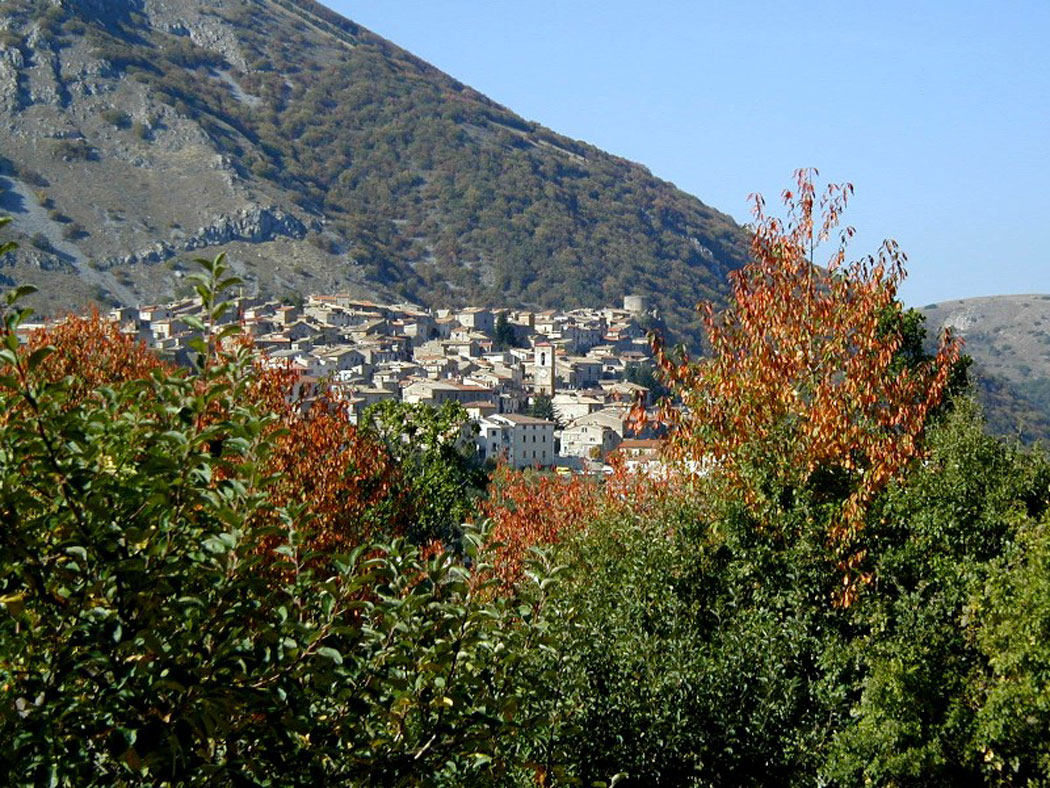
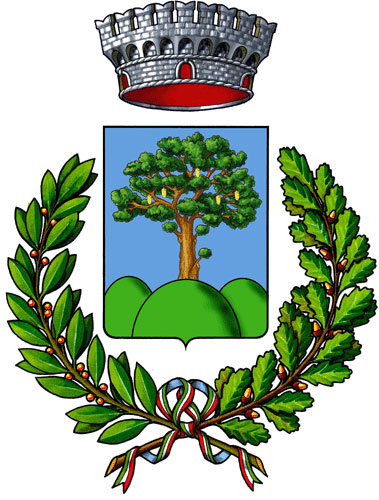
The origin of its name indicates its position and it seems that it comes from the Latin 'vegetable garden of the sun' or from a language of the ancient local population which may mean 'sacred garden'.
The term 'Marsicana', on the other hand, is a tribute to the Marsi, a people who lived in these territories since the Neolithic period around 1000 BC. near the lake of Fucino, where today the plain of Fucino is located. Iron Age burials and remains of megalithic walls have been found in the Giovenco Valley.
The Romans first came here in the 4th century BC led by Marco Valerio Corvo and, in 294 BC, during the third Samnite war, they destroyed the ancient city which, at the time was called Milonia or Miliona, causing the inhabitants to disperse in the neighboring territory.
In the first century BC, the Marsi became Roman citizens after the Social War which they had largely inspired and the city administratively became part of the IV Sannio Region (Regio IV Samnium).
Meanwhile, the birth of the Christian church led to the construction of the first places of worship and the first churches with an organization of the territory divided into bishoprics. Ortona was part of the diocese of San Benedetto dei Marsi.
With the fall of the Roman Empire, the region was invaded by the Lombards and the population moved to a hill into a fortified centre which then became the castle of Ortona inside which the church of Sant'Onofrio was also located.
The Lombards reigned for many centuries until 926 when the Berardi family arrived in Marsica. They are said to be descendants of Charlemagne and became Conti dei Marsi, a small independent kingdom until the Angevins arrived in Italy.
In 1273, Carlo d'Angiò conquered all this part of Italy, completely removed the Swabians at the battle of Tagliacozzo and administratively divided Abruzzo into two parts: Abruzzo Citra and Abruzzo Ultra. Ortona dei Marsi was located right on the border of the two sides.
In this period the castle was strengthened so that it assumed its current conformation in the thirteenth century. The castle was organized with a dungeon, the least accessible tower which represented the last fortified bulwark, and a built-up area surrounded by walls.
With the arrival of the Spanish Aragonese, the situation changed and in 1454 Alfonso of Aragon gave the castle of Ortona to the Cantelmo family, a Neapolitan noble family of French origin but very active in the royal court for centuries. To them, in 1579, the D’Afflitto family took over, dukes of Alfedena and Barrea, who had to sell the castle for debts to Fibbioni and then it went to Francesco Paolini. Finally, in the eighteenth century it arrived through marriage to the Massimi family.
The central tower of the castle was added in the 16th century in order to control the internal revolts by the population. Also because the Spanish administration were exorbitant spenders and subjected the population to large taxes to maintain all their military apparatus.
In 1580 the bishopric passed to Pescina and after the Council of Trent, all the bishops were forced to go and visit their churches. From the stories and reports of these trips by the bishop, we know that in more recent years the territory was very poor and bands of brigands attacked the few travellers that went through, so much that the bishop gathered all the rents under those of the only collegiate church of San Giovanni. They were not only brigands, but also captains of fortune, disbanded by the numerous armies that hadcompeted for the territories.
The plague of 1656 also arrived here but spared Ortona.
The eighteenth century brought a period of well-being and churches were built throughout the area thanks to Bishop Giuseppe Baroni, as can also be read on a plaque inside the church of San Giovanni Battista.
In 1756 the population asked Pope Benedict XIV to have the relics of San Generoso Martire, the patron saint, which were still stored in the catacombs of San Sebastiano in Rome.
After the unification of Italy, a first great emigration began, which continued after the terrible earthquake of Avezzano and Marsica in 1915.
The hamlets of Ortona dei Marsi are Aschi Alto, Carrito, Cesoli, Santa Maria and Sulla Villa.
Inside the church of Sant'Antonio some scenes of the television drama Vino e Pane (Wine and Bread), taken from the novel of the same name by Ignazio Silone, were shot. The Parish Church is dedicated to San Giovanni Battista and dates back to the second half of the 14th century. The facade in Roman Gothic style is embellished with a central rose window and inside there are precious frescoes, a high altar made with a very precious inlaid marble, an 18th century wooden choir and a precious organ built in 1752 by Domenico Antonio Fedeli.
The Giovenco Valley represents a precious "ecological corridor" with the river flowing in the valley floor and the mountains cloaked in magnificent vegetation, with beech and oak woods and with wild animals such as bear, wolf and deer.
There are numerous places where you can admire the natural beauty of the area and, among all is the "Quercia del Colicillo", a true monument of a tree, a ‘patriarch’ of downy oak, whose dimensions make it one of the oldest trees of all Abruzzo, deserves a mention.



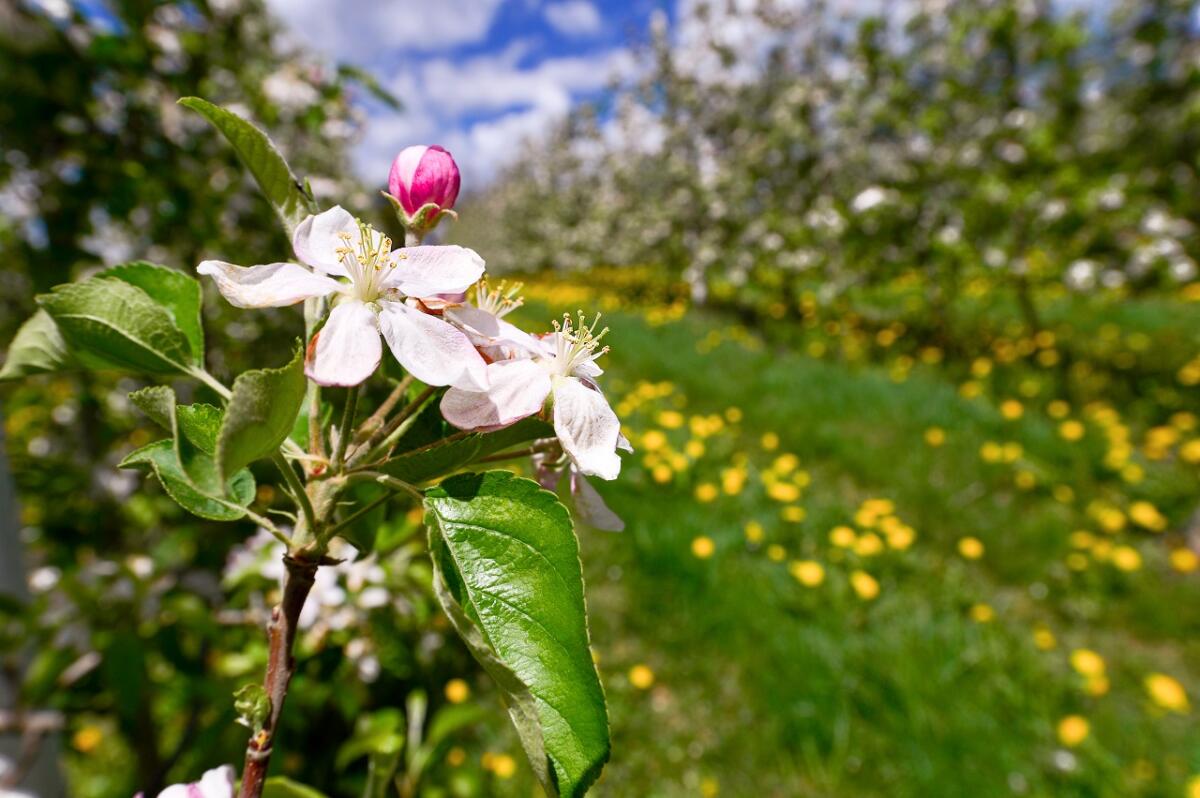
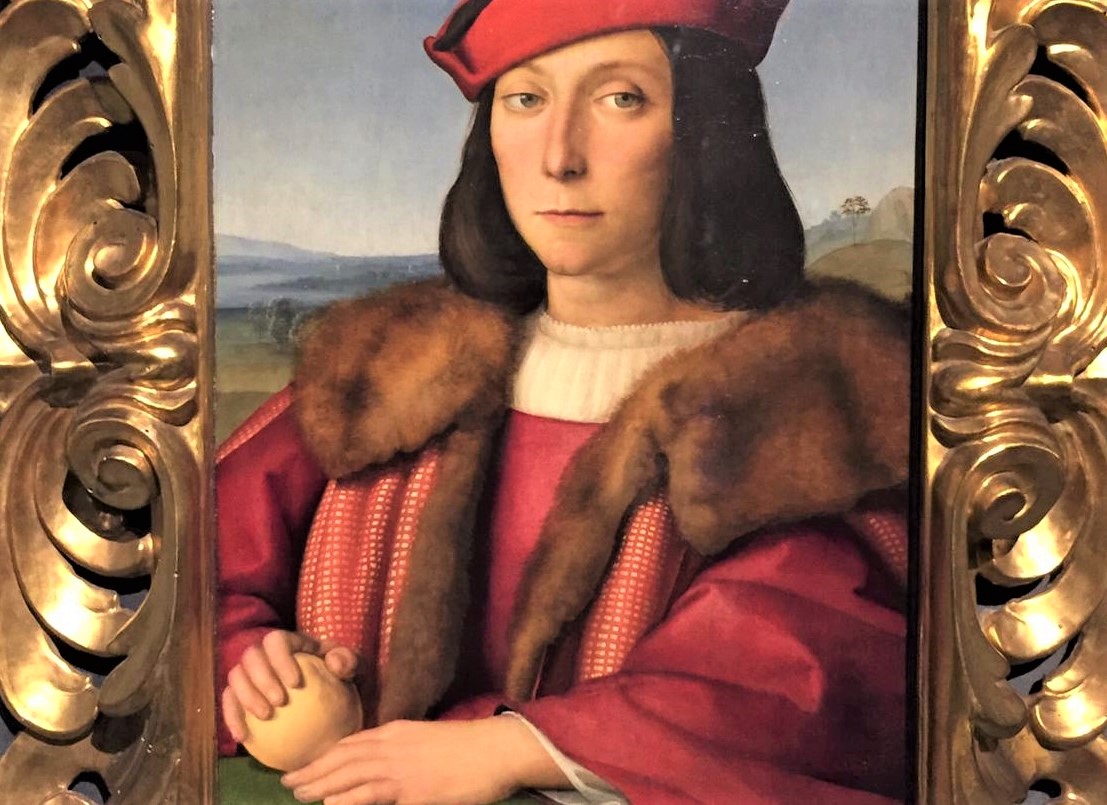

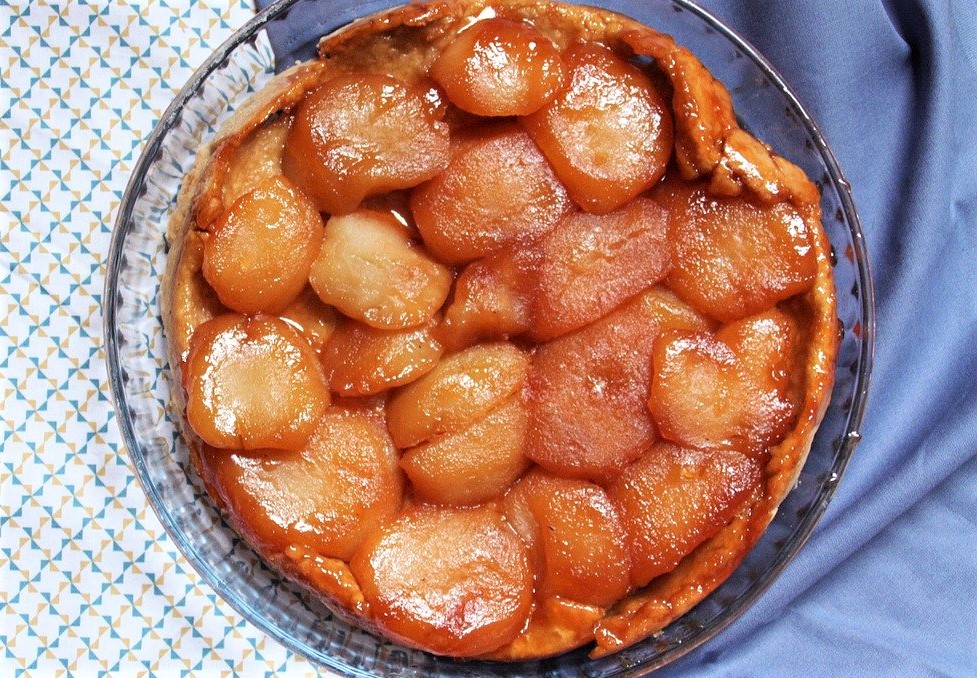
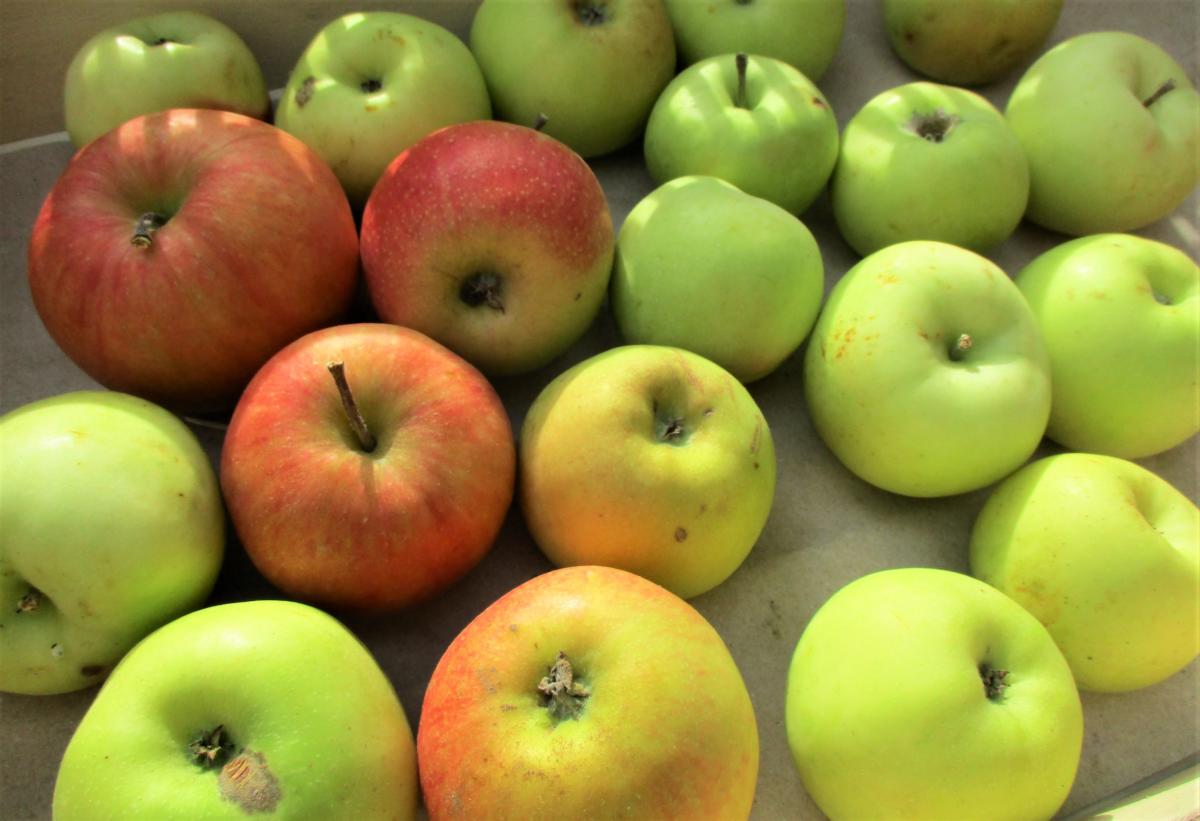
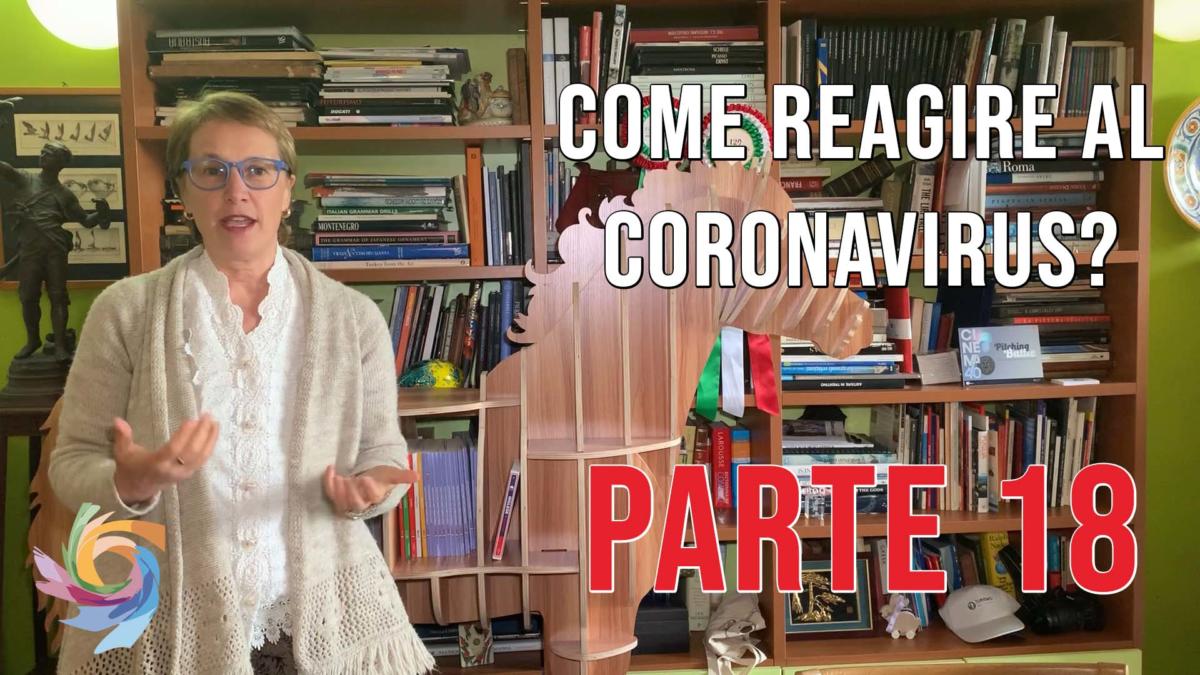




Follow us